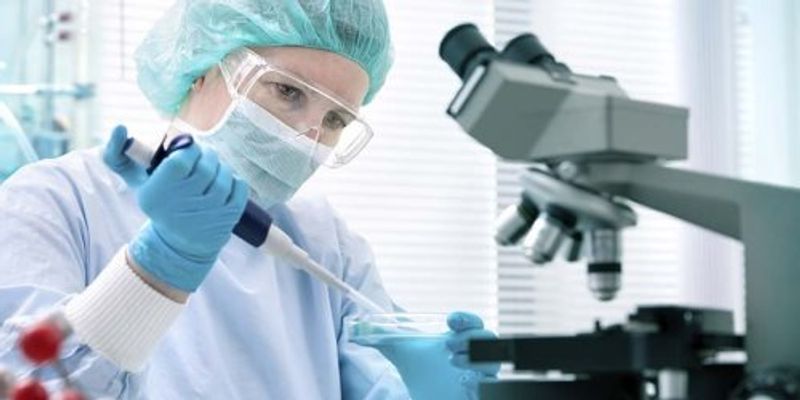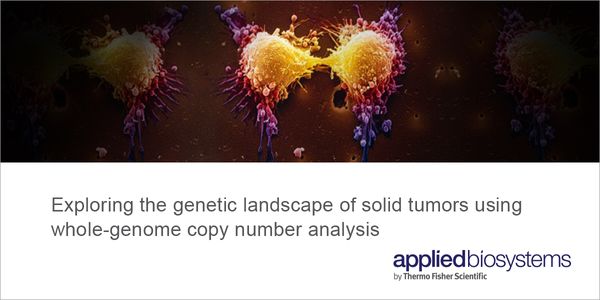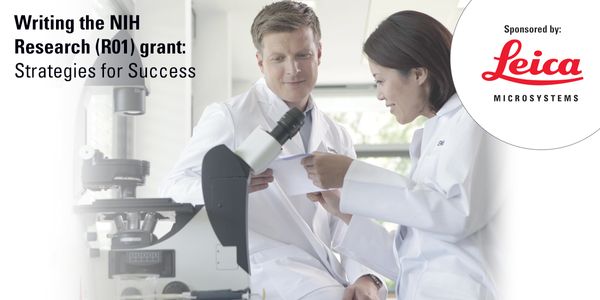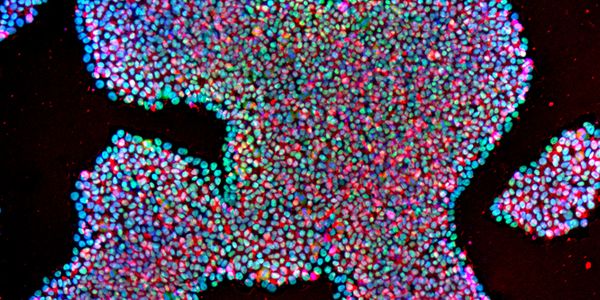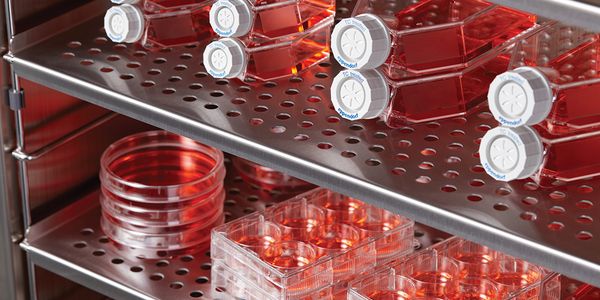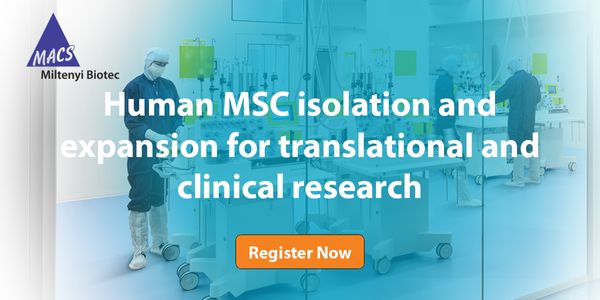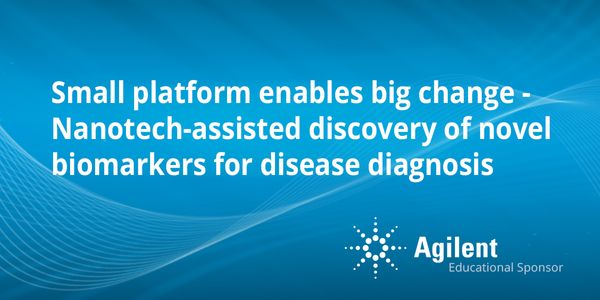Clinical Medicine
Clinical Medicine: is a field of medicine that deals primarily with the practice and study of medicine based on the direct examination of the patient. This is in contrast to other science fields that focus more on the theoretical and basics of medical science. In clinical medicine, medical practitioners assess patients in order to diagnose, treat, and prevent disease.
-
JUN 19, 2019 | 8:00 AMDATE: June 19, 2019TIME: 8:00am PDT, 11:00am EDT Approximately 80% of all cancers are known to be affected by both somatic mutations and copy number changes. Furthermore, r...Speaker: Ravindra Kolhe, MD, PhD , Joanna Przybyl, PhDSponsored By: Thermo Fisher Scientific - Applied BiosystemsJUN 18, 2019 | 11:00 AMDATE: June 18, 2019TIME: 11:00am PDT, 2:00pm EDT With highly competitive NIH budgets and ever-increasing restrictions on federal spending, getting noticed and winning...JUN 18, 2019 | 4:00 PMDATE: June 18, 2019TIME: 7:00am PDT, 10:00 EDT, 4:00pm CET PSCs represent an important tool in a wide range of applications, including basic research, disease modeling, drug...JUN 05, 2019 | 5:00 PMDATE: June 5, 2019TIME: 8:00am PDT, 11:00am EDT, 5:00pm CEST Eukaryotic cell cultures respond to the most subtle influence. Apart from the risk of contamination, minimal chan...The ultimate limits of diagnostics in biology are the “quantum” units that convey information, e.g. single nucleic acids, proteins, and cells. Microfluidics has emerged as a power...Speaker: Dino Di Carlo, Ph.D.
Oncologists have many options when tasked with treating a patient’s cancer. Unfortunately, many cancer drugs and therapies come with potentially debilitating side effects. As such, it i...
MAY 23, 2019 | 9:00 AM
DATE: May 23, 2019TIME: 9:00am PDT, 12:00pm EDT Although mesenchymal stem/stromal cells (MSCs) chondrogenic differentiation has been thoroughly investigated...
MAY 22, 2019 | 8:00 AM
DATE: May 22, 2019TIME: 08:00am PDTOmics analysis offers the potential to obtain deep insight into biological processes as well as a rich source of potential biomarkers. While the consu...
MAY 16, 2019 | 12:00 PM
DATE: May 16, 2019TIME: 12:00 PM PDT Mesenchymal stem or stromal cells (MSCs) are a promising resource for cell-based therapies and are being tested in already registered phase...
MAY 16, 2019 | 4:00 PM
DATE: May 16, 2019TIME: 7:00am PDT, 10:00am EDT, 4:00pm CEST The emergence of NGS is revolutionizing the microbiological sciences and transforming medicine. Deep sequencing has...
In 2014, the Undiagnosed Diseases Network (UDN), which is funded by the NIH, was established as a network of seven clinical sites, two sequencing cores, and a coordinating center. Later, a ce...
Screening to identify all known viruses and other pathogenic microorganisms including bacteria, fungus and parasites in human tumor tissues will provide a more comprehensive understanding of...
Speaker:
Erle Robertson, PhD
Speculations that some form DNA alteration might be utilized by the brain date to the 1960s [1] wherein hypotheses for genomic alterations of germline DNA were proposed for immunoglobulins an...
The advent of precision medicine largely depends on the creation of precise and accurate predictive tools. While most late-onset diseases are moderately to highly heritable, using genetic inf...
Speaker:
Guillaume Paré, MD, MSc, FRCPC
Recent technological advances as well as longitudinal monitoring not only have the potential to improve the treatment of disease (Precision Medicine) but also empower people to stay healthy (...
Variant interpretation presents a bottleneck for many labs, posing a challenge to the broader adoption of precision medicine. The ACMG/AMP variant classification framework has provided a foun...
